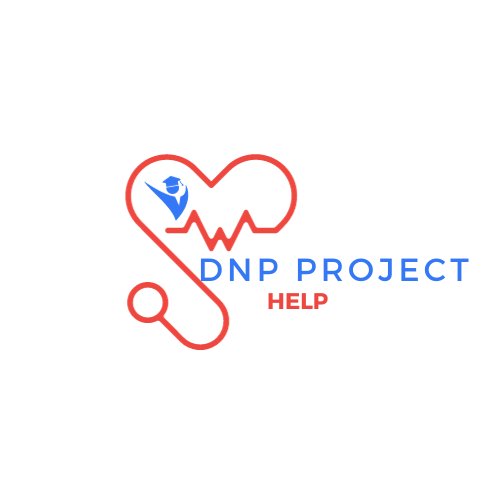
You’ve got 60 minutes to complete the 50-question exam. Make sure your study plan for the MSN 674 Final Exam covers everything. You’ll see all the questions at once, and you can go back to previous ones if you want. Remember, during your certification exam, questions come one at a time, so be ready for that. Good luck with the exam, your NP studies, and your future career!
- Therapeutic Factors in Groups: Understand the 11 therapeutic factors in group therapy, especially what “universality” means. (Refer to Chapter 6 in Wheeler and Knight’s book and Chapter 12 in Wheeler’s book.)
- Motivational Interviewing: Know which clients or disorders benefit from Motivational Interviewing.
- Various Therapies: Familiarize yourself with DBT, Reality Therapy, TRM, and Psychodynamic Therapy, including their approaches and what they facilitate. (Refer to Chapter 6 in Wheeler and Knight’s book.)
- Family Therapy Assumptions: Identify the underlying assumptions for family therapy. (Refer to Chapter 13, Box 13.1 in Wheeler’s book.)
- Limitations of Psychotherapy: Understand the limitations of psychotherapy with children compared to adults.
- Narrative Therapy Interventions: Know the interventions used in Narrative Therapy.
- WDEP: Understand WDEP and the therapy that utilizes it.
- Therapy Overview: Match the actions and purposes of feminist therapy, reality therapy, narrative therapy, and feedback-informed treatment.
- CMS Reimbursement Guidelines: Understand CMS reimbursement guidelines and what PMHNPs can bill for.
- Structural Family Therapy: Understand its concepts and the counselor’s role. (Refer to Chapter 13 in Wheeler’s book.)
- PTSD Therapy: Identify the therapy effective for PTSD by altering brain wave activity. (Refer to Chapter 7 in Wheeler’s book.)
- Group Confidentiality: Understand what group confidentiality entails.
- EMDR: Know what happens during processing in EMDR therapy.
- Recommended Therapy for Children and Adolescents: Identify the recommended therapy for children over 8 years old and adolescents.
- Group Screening and Interviewing: Understand the reasons for screening and interviewing people interested in a group. (Refer to Chapter 12 in Wheeler’s book.)
- Family Systems Therapy: Understand its components and procedures.
- Termination Methods: Know acceptable termination methods between a client and therapist. (Refer to Chapter 24 in Wheeler’s book.)
- Therapy Dropout Rates: Identify the percentage of people who drop out of therapy versus those who end after the first session.
- Effective Therapy for Nicotine Addiction: Select the therapy effective for nicotine addiction.
- Addiction Treatment Goals: Understand the goals of addiction treatment.
- Co-Occurring Disorder Definition: Know the definition of co-occurring disorder.
- EBP Goals for Addiction Treatment: Understand the goals of evidence-based practice for addiction treatment.
- Application Questions: Respond to application-based questions.
- Application Question: Answer an application-based question.
- Psychotherapy Approaches Matching: Match psychotherapeutic approaches with their descriptions for pediatric and adolescent clients.
- Group Therapy Referral: Understand the benefits of referring someone to group therapy. (Refer to Chapter 12 in Wheeler’s book.)
- Group Formation Stages: Match stages of group formation/development with their descriptions.
- Psychodynamic Therapy Application: Understand psychodynamic theoretical orientation and its suitability for specific groups.
- Qualifications for Leading CBT Groups: Identify who is qualified to lead cognitive behavioral psychotherapy groups for people with substance use disorders.
- Developing Trust in Groups: Understand how a group leader can develop trust among members.
- Systemic Family Therapy Approach: Understand the principle of differentiation of self in systemic family therapy.
- Therapies for Veterans: Identify effective therapies for veterans with anxiety and PTSD.
- Intimate Partner Violence Goals: Know the goals of intimate partner violence treatment.
- School Age Drug Use Percentage: Identify the percentage of school-age students reporting illicit drug use.
- EMDR and PTSD: Understand the effects of EMDR therapy on the body in each zone.
- Family Therapy Concepts: Understand concepts like schism coalition, triangulation, and skewed coalition.
- Groups at Risk for Comorbidity: Identify groups at increased risk for comorbidity and polypharmacy.
- Mindfulness and Resistance: Understand concepts like resistance, mindfulness, and emotion and cognition.
- Recovery Principles: Understand recovery principles like recovery, recognition, reawakening, and resistance.
- Neurotransmitter in Addiction: Identify the final common neurotransmitter in the reward pathway for addictions.
- ADLs Assessment: Understand what’s assessed when evaluating someone’s ability to perform ADLs.
- Documentation for Billing: Know what documentation of medical decision making includes for billing services.
- Knowledge Assessment: Understand how to test and assess remote, recent, immediate, and fund of knowledge.
- Billing Codes: Understand billing codes like 99203, 99215, 99204, and 99212 and what they entail.
- Group Categories: Understand different categories of groups and when to use them, such as self-help groups and support groups.
Must Read:


